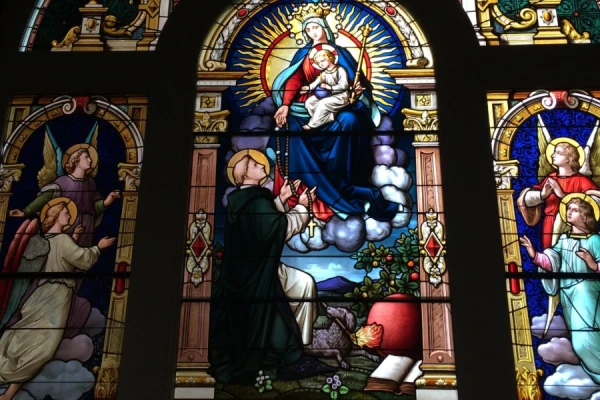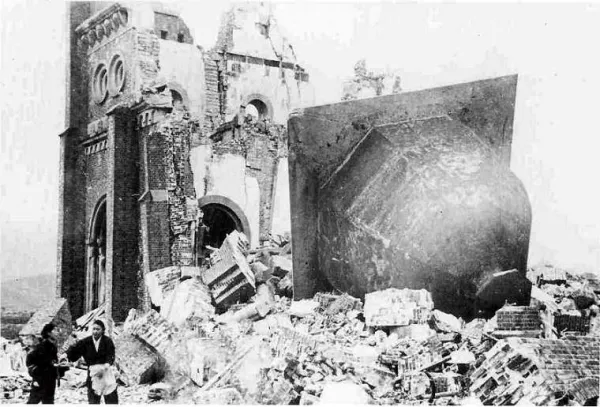Panamanian bishops ask for humane, respectful domestic immigration reform

Panama City, Panama, Aug 8, 2019 / 02:38 pm (CNA).- The standing committee of the Panamanian bishops’ conference has expressed its concern over a migration reform bill, asking that it be humane and respectful of the rights of immigrants and refugees.
They urged that immigrants and refugees not be seen as a threat, or blamed for the social ills affecting the country.
The bishops released their statement after the Government, Justice and Constitutional Affairs Commission of the National Assembly approved a bill seeking to establish tighter migration controls.
Zulay Rodríguez, the bill’s sponsor, said that in recent years many foreigners have abused the good things about Panama, and taken jobs from Panamanians: “They’ve taken away and stolen from us our country. We’re the excluded ones, so now we are going to make decisions.”
In their statement, the bishops recognized that the debate on the migration law reforms “has created tension among some sectors of society.” However, they called for not seeing migrants as a threat since “they’re people looking for better conditions for their lives because of forced displacement, human trafficking, violence, poverty, political persecution, and terrorism.”
“We can’t hold them responsible for the social ills affecting us as a country. Instead we should seek ways of encounter, dialogue, and peace that make us grow in fraternity and solidarity,” they said.
The Panamanian bishops said they are “aware of the need of the Panamanian state for a comprehensive migration policy that respects the rights and dignity of migrants and refugees.”
However, they pointed out that “this requires an analysis based on official data, the revision of current laws and decrees on migration, in order to adopt public migration policies that guarantee peace, solidarity with the helpless, security, and mutual respect between all the inhabitants of our country.”
Panama “has historically been a been a country of transit, consisting of migrations, some forced and others driven by the search for a better quality of life.”
They recalled that the country “has always kept its arms open to receive people from all over the world and this spirit of solidarity and fraternity must be strengthened, especially at this time.”





